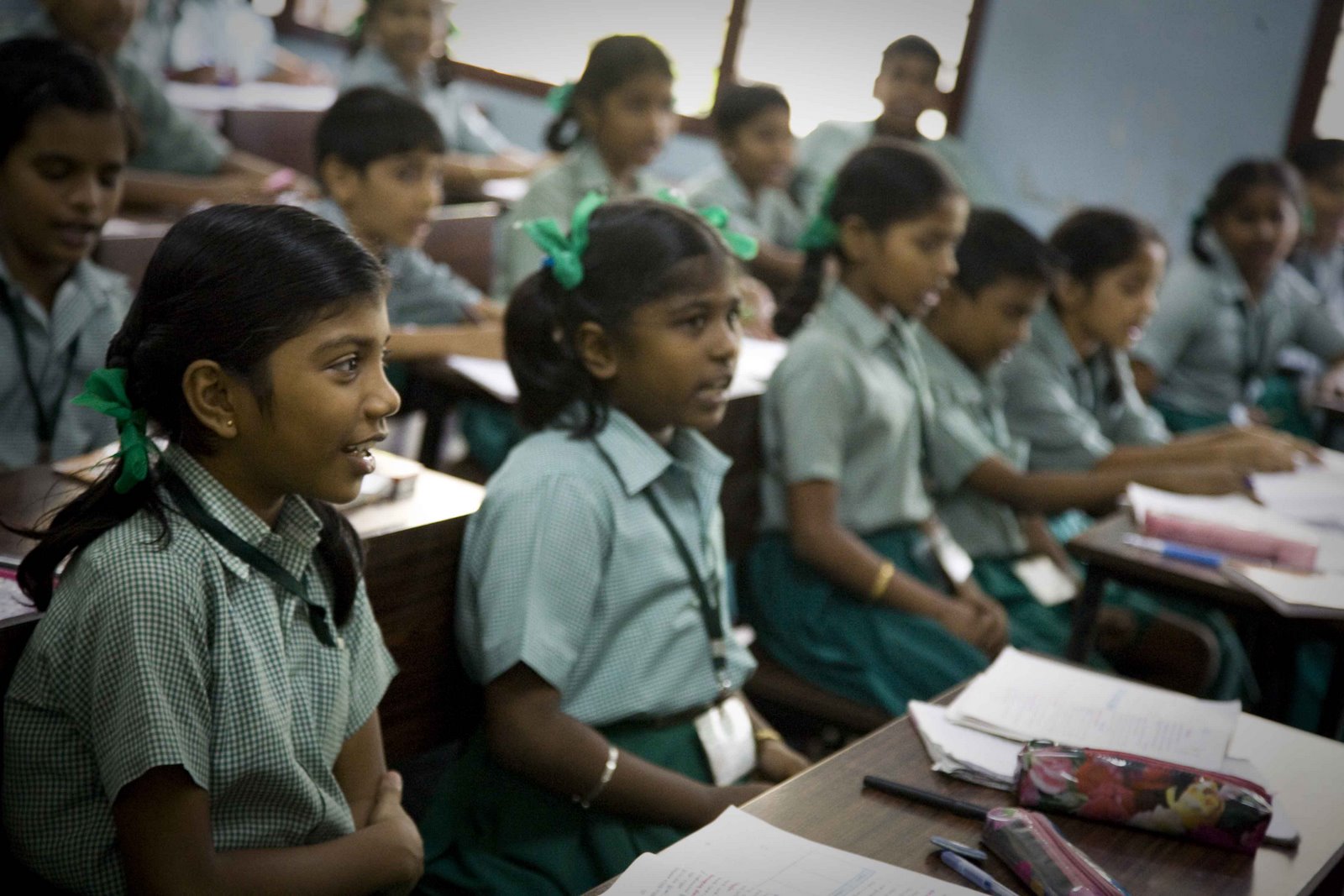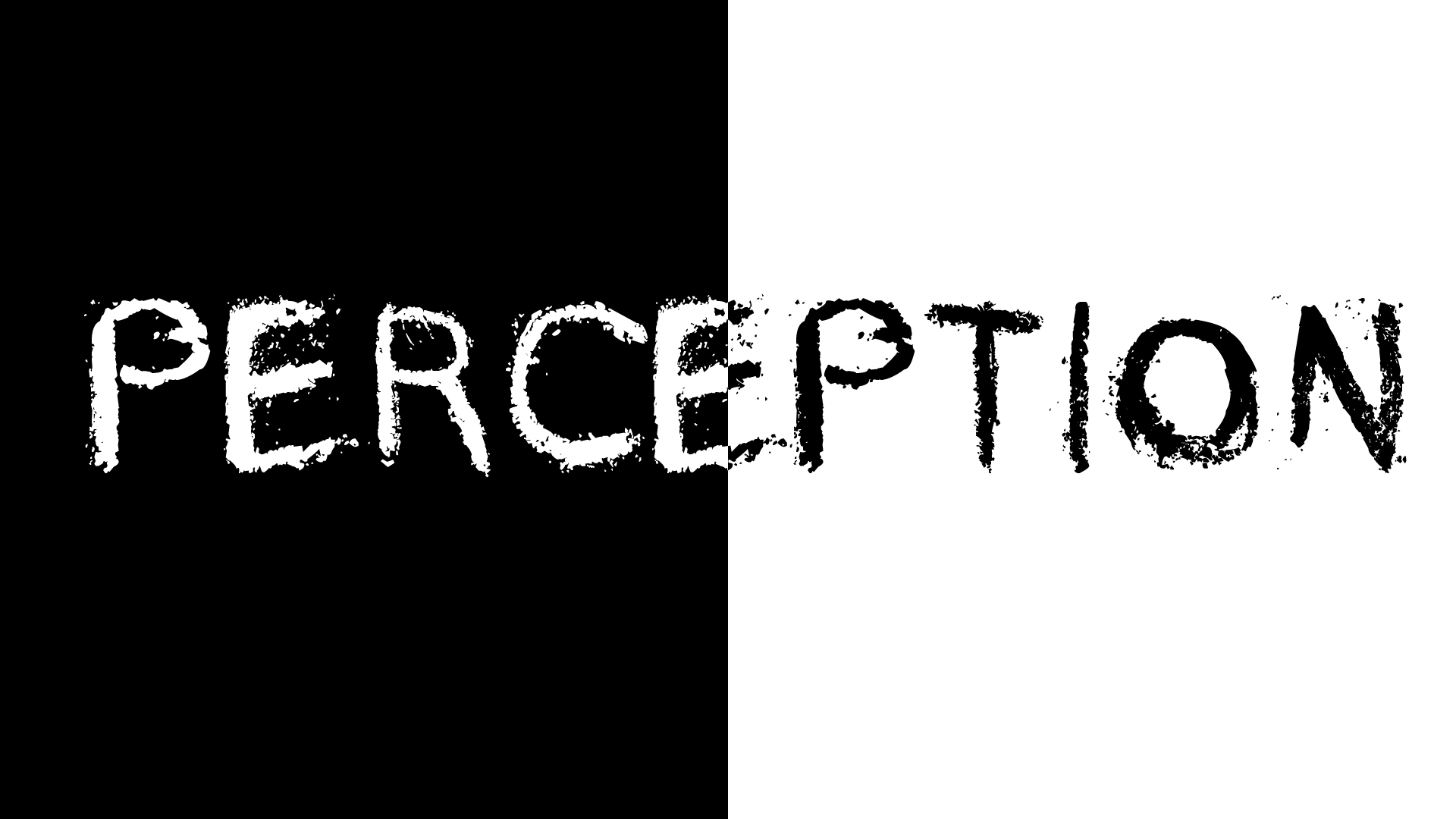The Deteriorated Standard of Education in India – Who is to be Blamed?

The development of a State is contingent upon strategic investments in the present, the benefits out of which can be harvested in the future. Education is the most prominent investment made upon the children, which harvests the benefit of a productive society. The agenda of every developing nation is to build a generation of responsible adults, well-trained to cater to the contemporary needs.
Poverty has been the root cause of every growth related problem in India. Education is the only factor which can uproot the vicious cycle of poverty. If we look at the statistics, the literacy rate in India is at 74.04%, which paints a pretty picture of India’s education facilities to the International community. Adding to it, the Government of India, for the year 2015-2016, allocated a budget of Rs. 68,968 crore for the education sector, which is inclusive of the mid-day meal scheme.
The statistics have appeared pro, and the education sector has also been equipped with the necessary budget. While the success stories of growth of the lower strata of the Indian may be projected, the ground reality remains substantially different. India is a home to 400 million children, out of which 30% receive the privilege of the private schooling system. The education of the remaining children is dependent upon the government schools.
The unsatisfactory primary schooling in the government funded schools is leading to creation of a generation of adults who may possess the degree but not the capability. The following are the reasons for the failure of the government projects:
- Admission Procedure: The Right to Education Act, 2009 provides that every child should be admitted into a standard according to his/ her age. Therefore, if a child of 10 years, who has never received an education, has to admitted into school, he shall be enrolled to study in class V, irrespective of his capability to grasp the syllabus taught in that standard. It implies that the student may not know even the alphabets, but he shall be taught how to answer a comprehension in class.
It is to be noted that, imparting such an education is nothing but wastage of government money and a mockery of the whole structure.
- Promotion Procedure: The flawed admission procedure into these government schools is complemented with an equally in-efficient promotion procedure. It is a rule that irrespective of the marks secured by a student in the exams, he shall always be promoted.
Which implies, that the student who was enrolled into class V, who had no knowledge about the alphabets, will be made to answer a comprehension passage in the exams and he will also be promoted even if he secures a zero.
- Measurement Standard of illiteracy: In India, any person who knows how to write his/her name is considered to be literate. The 74.04% literacy rate that the country has been projecting, is actually the calculation of the name-writing capability of the people. This measuring standard in itself not satisfactory.
To bring about a change is going to be difficult. It will take another decade with proper initiatives to bring it back on track. Meanwhile, imparting vocational training can be a immediate action. This will increase self-sufficiency amongst the un-educated lot and will open streams of opportunities.
The policies have to change and soon. Till then, each one teach one and contribute towards a better future!




